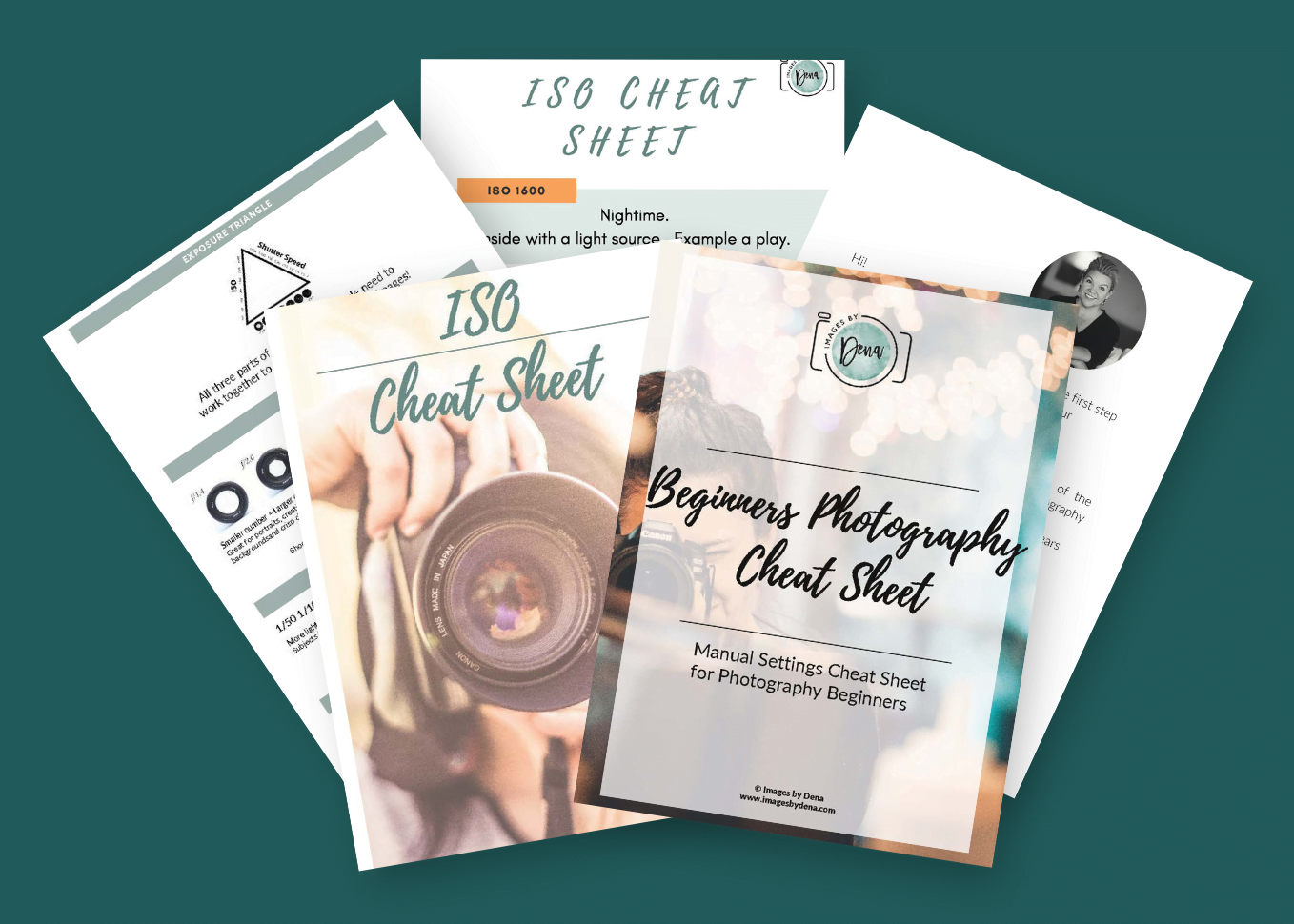
Macro Photography
You’ve seen photos capturing the intricate patterns on a butterfly’s wing, the delicate pollen grains on a flower’s petal, or the tiny droplets of water clinging to a blade of grass after a rain shower. These are macro photography shots.
Macro photography is defined as “photography producing photographs of small items larger than life size.”
Macro photography allows us to freeze these moments in time, offering a glimpse into a world of beauty and complexity that might otherwise remain unseen.
Macro photography is a captivating realm within the larger world of photography. It offers a unique perspective that allows us to explore the intricate details of our surroundings on a miniature scale. It is so appealing to many photographers because it offers the ability to transform the ordinary into the extraordinary. Everyday objects and natural elements take on new dimensions when viewed through the lens of a macro photographer. A simple leaf becomes a landscape of veins and textures, while a common insect becomes a study in symmetry and form.
At its core, macro photography is about capturing subjects up close, revealing details that often go unnoticed by the naked eye.
Gear Needed For Macro Photography

Macro photography requires specific equipment to achieve those stunning close-up, detailed shots of small subjects.
While some gear is essential, such as a camera and a macro lens, some is optional depending on your budget and preferences.
Camera
If you are serious about your macro photography, I suggest buying the best camera you can for your budget.
Both DSLR and mirrorless cameras are suitable for macro photography. Choose a camera with manual controls and the ability to change lenses for more flexibility.
I am a Canon fan, but most cameras are designed with user-friendliness in mind, offering a perfect blend of features and simplicity to get you started on your photography adventure.
One thing you will want to avoid is buying a “kit” of camera equipment. Most items in the kit are unnecessary, so remember, “more” isn’t always better and always have a backup battery for whichever camera you choose.
Lens & Extensions
A dedicated macro lens. A true macro lens is specially designed to achieve 1:1 magnification, allowing you to capture subjects life-size on the camera’s sensor.
These lenses typically have focal lengths between 50mm and 200mm.
Macro extension tubes are hollow tubes that fit between the camera body and lens, effectively increasing the lens-to-sensor distance.
They allow non-macro lenses to focus closer, turning them into macro lenses and are something you may want to consider adding to your kit if you are looking to get serious about macro photography.
Tripod and Remote Shutter Release
Stability is crucial in macro photography to prevent camera shake, especially at high magnifications. Choose a sturdy tripod that can support the weight of your camera and lens.
You may also want to consider using a remote shutter release or self-timer minimizes camera movement when taking photos, to help ensure sharper images.
Optional Accessories for Macro Photography
Macro photography often requires additional lighting, especially when working in low-light conditions or capturing small subjects up close. A macro flash or ring light provides even illumination and reduces harsh shadows.
Invest in a reflector. Reflectors bounce light onto your subject to fill in shadows, while diffusers soften harsh light for more flattering results.
And with any type of photography, you want to keep your gear clean with a lens cleaning kit to maintain image quality. Dust and debris are more noticeable in macro photography due to the close focusing distance.
Techniques for Successful Macro Photography Shoot

Macro photography is all about showing a smaller object in a larger than life way, allowing us to view the subject in a new way.
It presents unique challenges due to the extreme close-up nature of the subjects. Macro photography is about different preparation and techniques than other forms of photography.
Mastering these techniques will help you capture stunning macro images with clarity and detail.
Finding the Right Subject
Explore your surroundings to find a good subject.
Look for interesting subjects in your garden, local parks, or natural habitats. Flowers, insects, leaves, and textures make excellent macro subjects.
You can also explore macro photography indoors by photographing everyday objects like coins, jewelry, or household items.
Understand Magnification Ratios and Focusing
Understand magnification, how big or small your subject appears on the camera sensor, ratios to know how close you can get to your subject. A 1:1 magnification ratio means the subject appears life-size on the camera sensor.
With macro photography, I always suggest using manual focus for precise control over focusing. Focus carefully on the most critical part of your subject to ensure sharpness.
This is where a tripod and remote shutter release come in handy to help stabilize your camera and avoid camera shake, especially at high magnifications.
Consider Depth of Field
When shooting macro photography depth of field is very important.
A wider aperture (smaller f-number) creates a shallower depth of field, while a narrower aperture (larger f-number) increases depth of field.
For this detailed photography you want as much as possible in focus, so I suggest using a narrower aperture.
Lighting
As you will be using a narrow aperture your lighting is key.
Utilize natural light whenever possible for soft, diffused lighting. Early morning or late afternoon sunlight provides beautiful warm tones and long shadows.
In low-light conditions or for more controlled lighting, use artificial lighting setups such as LED lights, strobes, or continuous studio lights, making sure that they are positioned to create highlights and shadows on your subject.
Macro photography requires patience, attention to detail, and a willingness to experiment with different techniques, composition and lighting.
By understanding magnification ratios, mastering focusing techniques, and controlling depth of field, you can capture stunning macro images that reveal the beauty of the miniature world around us.
Experiment with natural and artificial lighting, and don’t be afraid to try new angles and compositions to unleash your creativity in macro photography.



